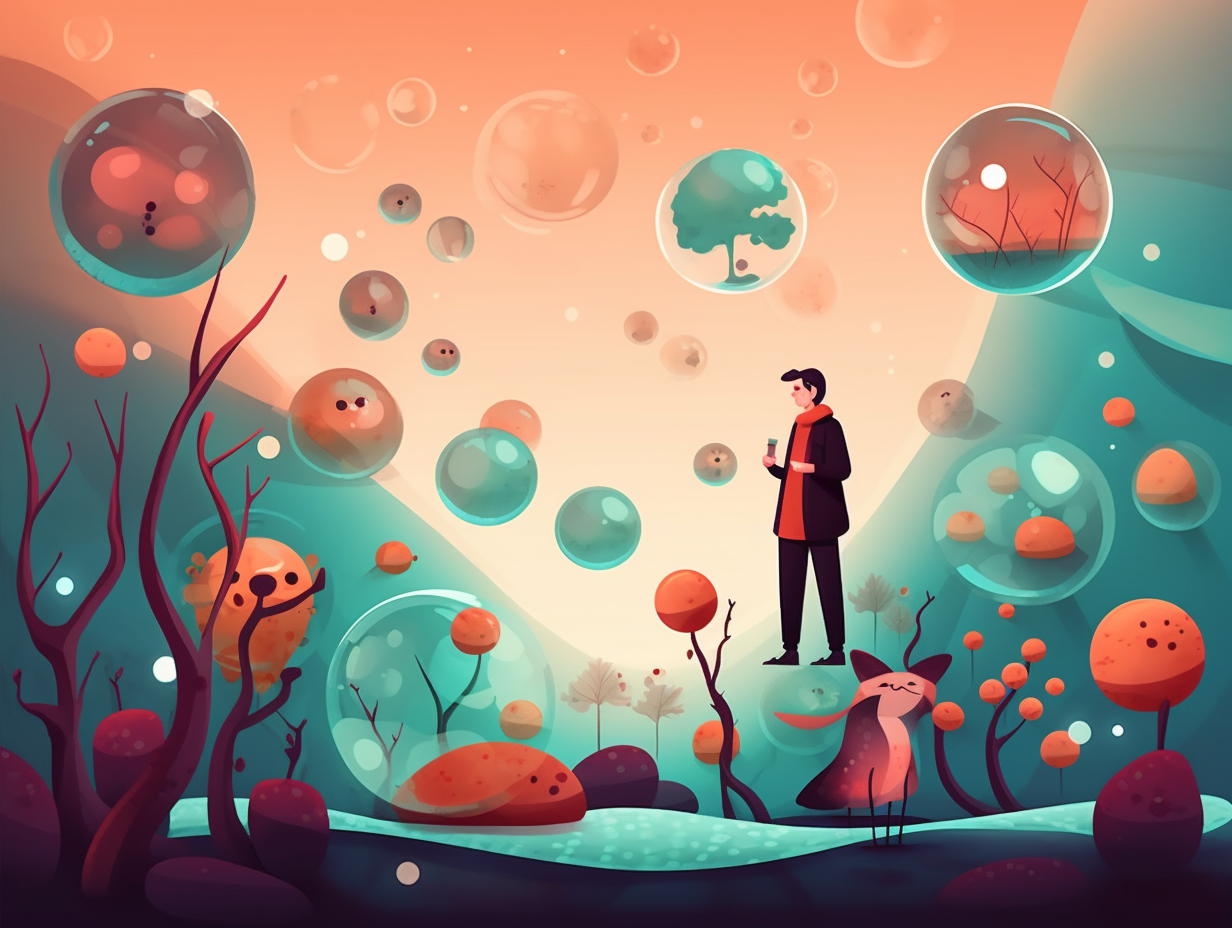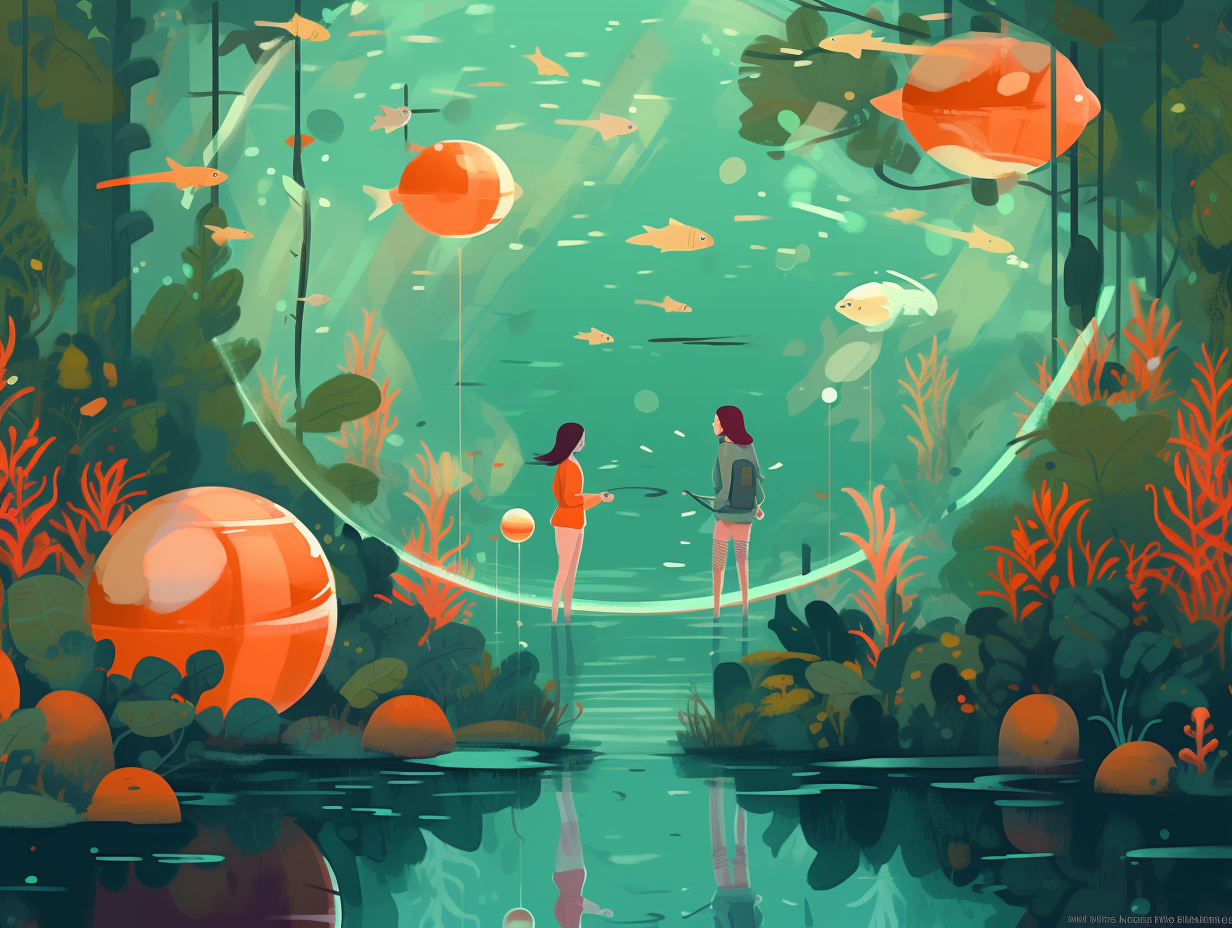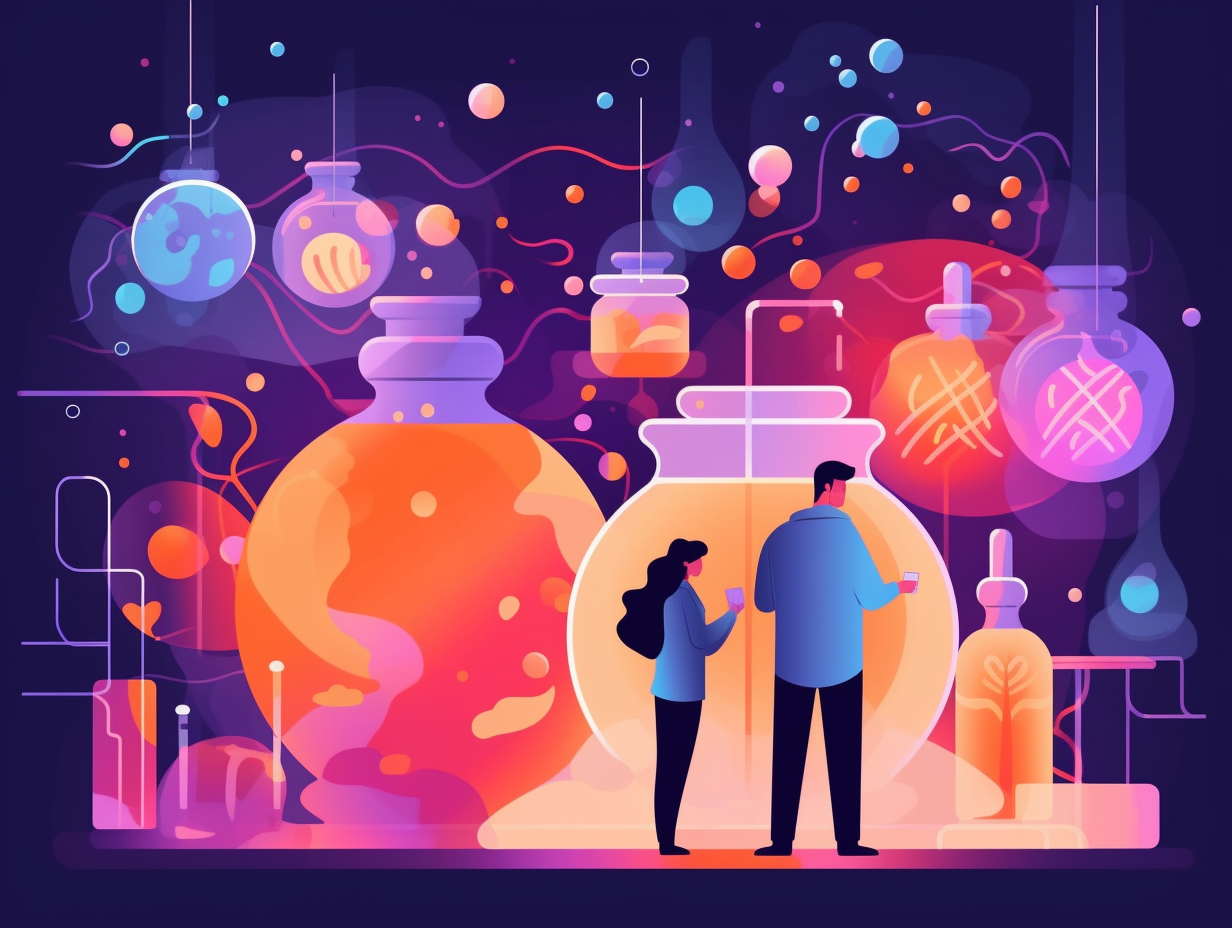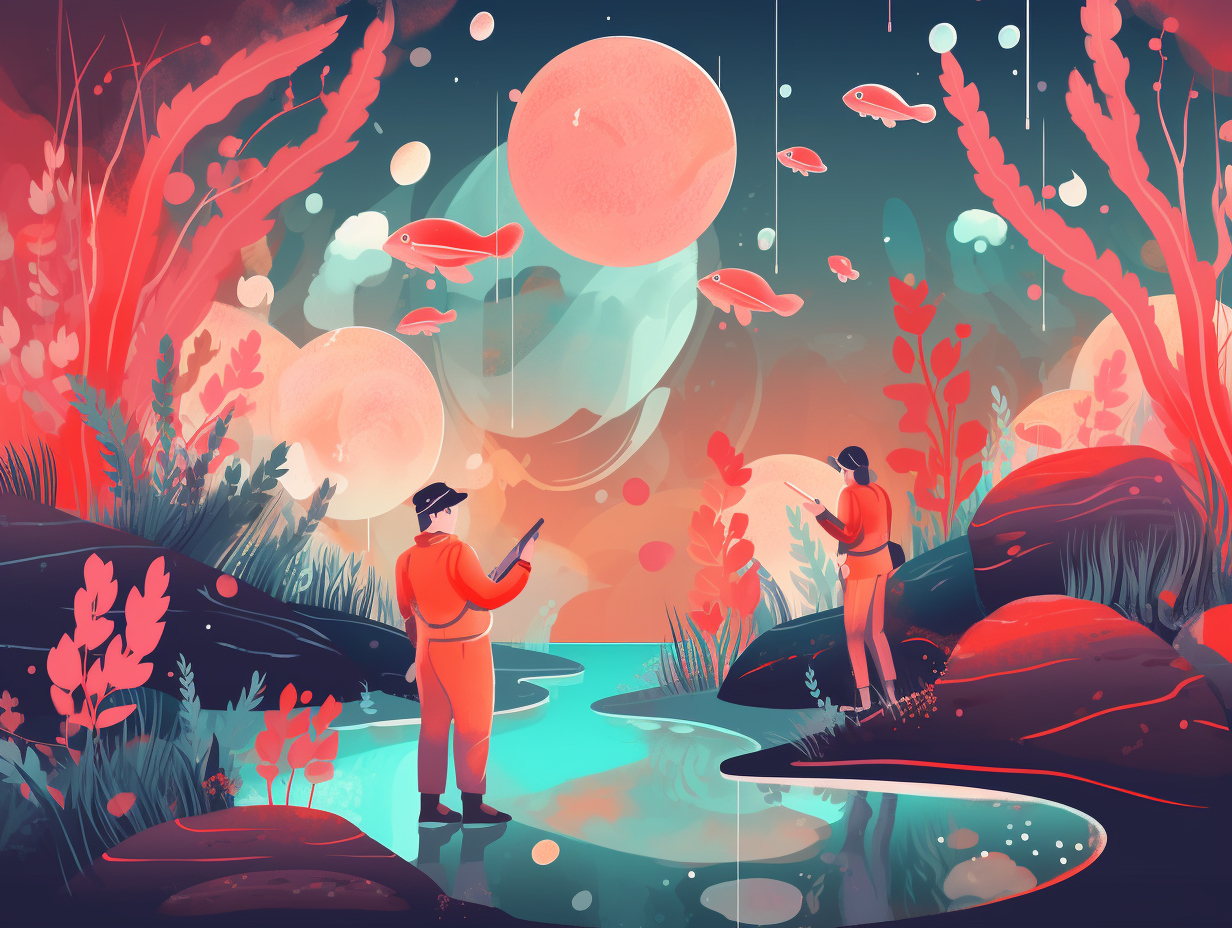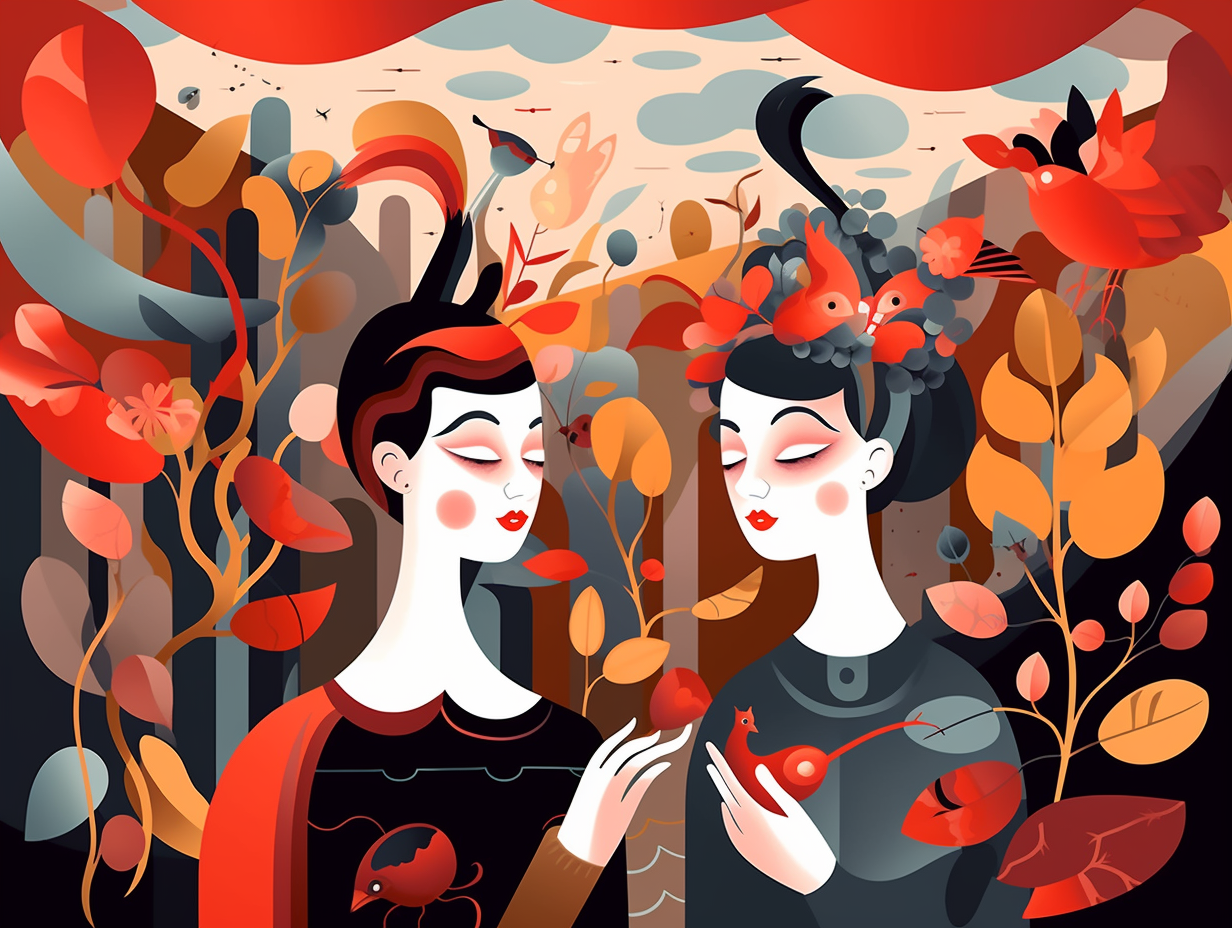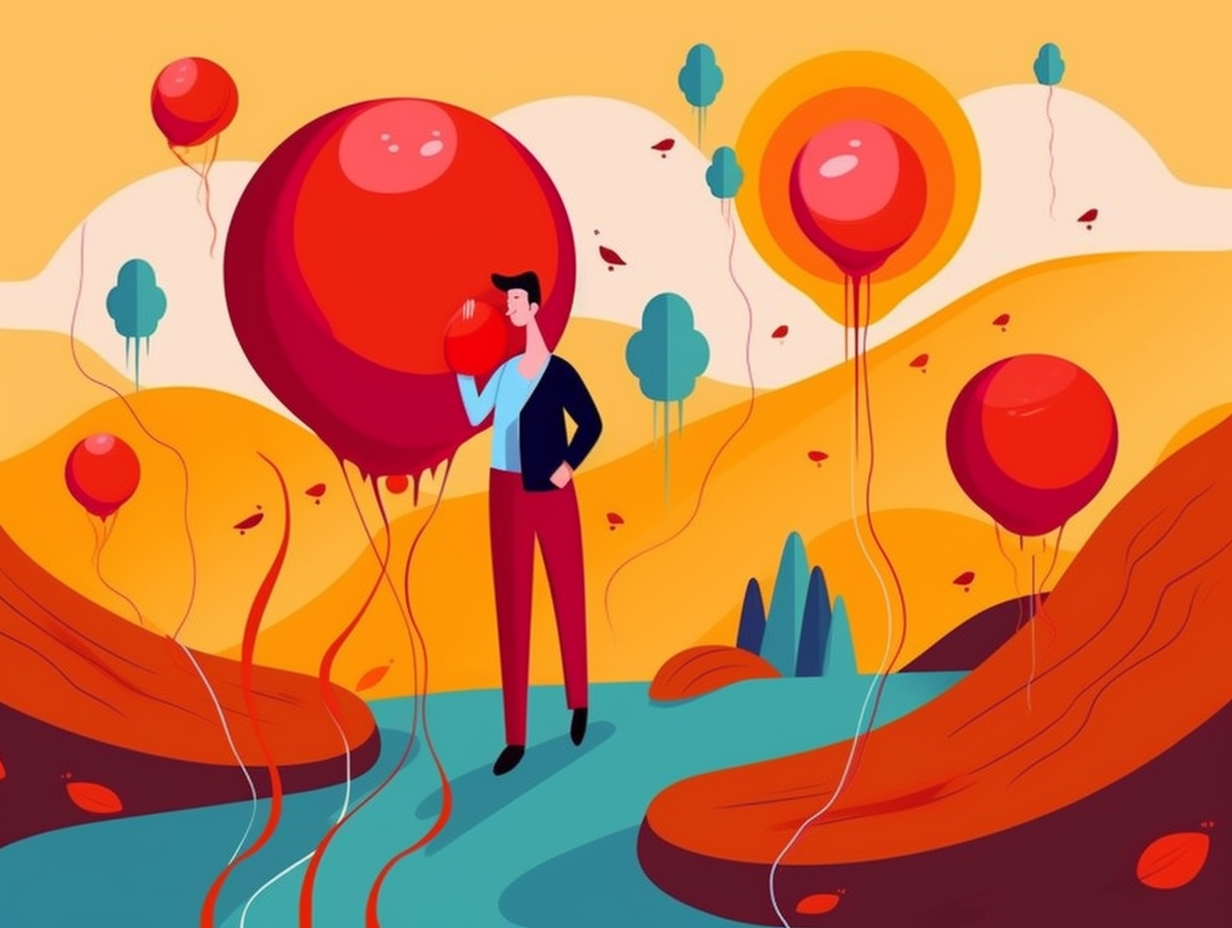Discover the Green World: Top 15 Fun and Fascinating Facts About Chloroplasts

1. Hulk-like Sea Slug
What do you get if you cross a sea slug with the Incredible Hulk? A chloroplast-crazy critter that can photosynthesize like a plant!: In an odd twist of nature, researchers found a species of sea slug that has incorporated functional chloroplasts from its green algae diet into its own tissues, allowing it to harness solar power and photosynthesize like a plant or algae typically would.
Source => ncbi.nlm.nih.gov
2. Chloroplasts: Leafy Green Superheroes
You heard about the little engine that could, but what about the leafy green superhero with hidden powers? Yep, we're talking about chloroplasts, the unsung heroes of the plant world: Not only do they have the power of photosynthesis, they also flex their metabolic muscles by producing fatty acids, membrane lipids, isoprenoids, tetrapyrroles, starch, and hormones. Borne from a free-living photosynthetic cyanobacterium that got swallowed by a eukaryotic cell, these caped crusaders even have their own mini genome and work in tandem with nuclear genes to create the dynamic structure of chloroplasts.
Source => frontiersin.org
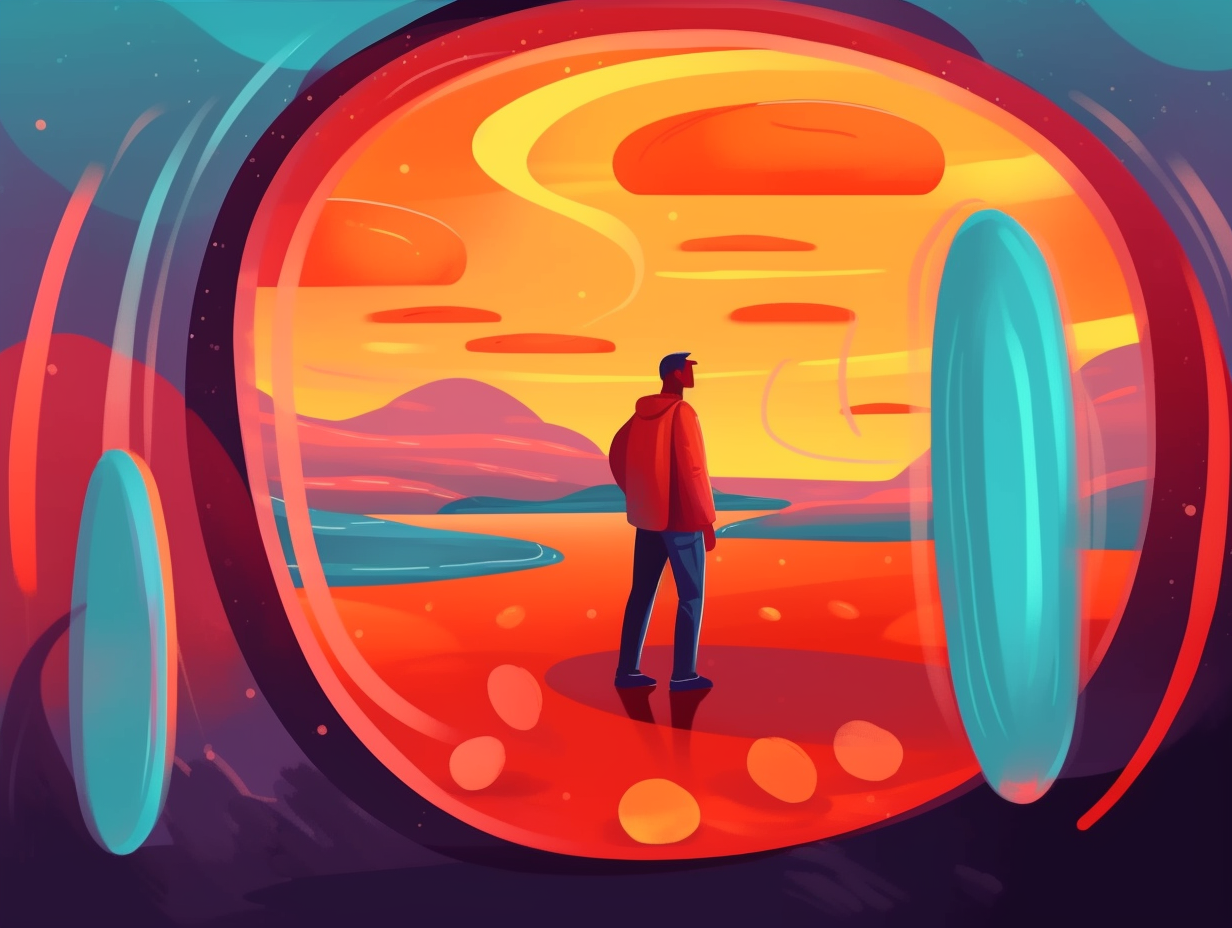
Did you know? Mitochondria inherit their DNA only from the mother, creating a unique human ID and sparking "three-parent baby" controversies. Discover more fascinating facts about these cellular powerhouses!
=> Fun Facts about Mitochondria
3. The New Power Plant in Town
Move over, mitochondria – there's a new power plant in town: Chloroplasts, the party planners of plant cells, not only create their own guest list with a self-sufficient genetic system but also whip up amazing energy feasts by converting carbon dioxide into delicious carbohydrate treats, while even crafting accessories like amino acids and lipids to keep the cellular shindig going!
Source => ncbi.nlm.nih.gov
4. Chloroplasts & Cyanobacteria: A Dramatic Soap Opera
The love story of chloroplasts and cyanobacteria is more like a dramatic soap opera than a simple meet-cute: they've got history, secrets, and some serious relationship baggage. But who can blame them? Their connection is more complex than your favorite TV drama: Recent studies reveal that the origins of chloroplasts involve not just one, but potentially three different lineages of cyanobacteria, suggesting that the formation of these green powerhouses might just be the most riveting and confounding tale of passion and intrigue that the cellular world has ever known.
Source => ncbi.nlm.nih.gov
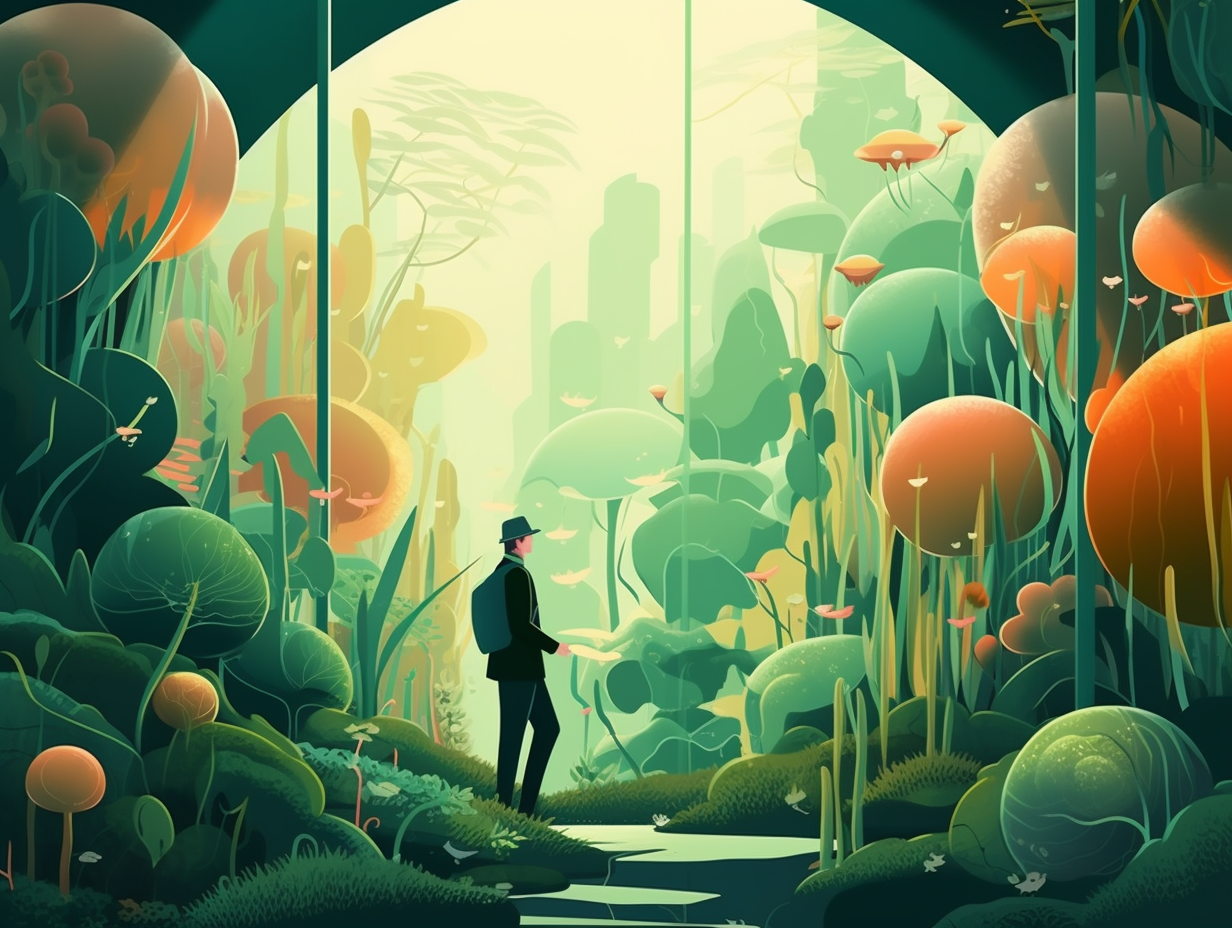
5. The Self-Sufficient College Student
If a chloroplast were a college student, it would be the self-sufficient type with its own studio apartment, meal plans, and study materials – clearly too cool for school: Chloroplasts contain their own DNA and protein synthesis machinery, allowing them to function semi-independently and replicate separate from the cell cycle, with around 1,000 copies of their DNA and a solid inheritance game plan for cell division.
Source => ncbi.nlm.nih.gov
6. Chloroplasts: Cold-Weather Warriors
When chloroplasts aren't busy hustling at the photosynthesis nightclub, they're moonlighting as cold-weather warriors for plants: During low-temperature stress, these multitaskers ramp up the synthesis of photosynthetic enzymes and antioxidants, allowing them to effectively sweep away excess reactive oxygen species, keeping photosynthesis grooving, and helping plants withstand the chills.
Source => ncbi.nlm.nih.gov
7. Chloroplast Dating Profile
If chloroplasts had a dating profile, they'd describe themselves as "easy going, lover of sunlight, green with envy, and the life of the (carbon dioxide) party!": In reality, chloroplasts harbor chlorophyll, which helps plants to photosynthesize by converting sunlight, carbon dioxide, and water into glucose while releasing oxygen, serving as a vital source of both food and air for our planet.
Source => education.nationalgeographic.org
8. Stomata Sensors
Hold on to your stomata, folks, because chloroplasts are about to blow your mind: These green party hubs for our leafy friends contain beta carbonic anhydrase enzymes, crucial in helping plant stomata react to changes in atmospheric carbon dioxide levels, potentially acting as sensors for bicarbonate and protons as second messengers in the process.
Source => ncbi.nlm.nih.gov
9. Plant Growth Cheerleaders
Ever tried giving your plants a pep talk to help them grow? Turns out, they've got their own little cheerleaders in their cells: Overexpression of purple acid phosphatase 2 on the outer membranes of chloroplasts and mitochondria can enhance the efficiency of photosynthesis and ATP production, effectively boosting plant growth and seed yields. Who needs energy drinks when you've got your cell squad, right?
Source => biorxiv.org
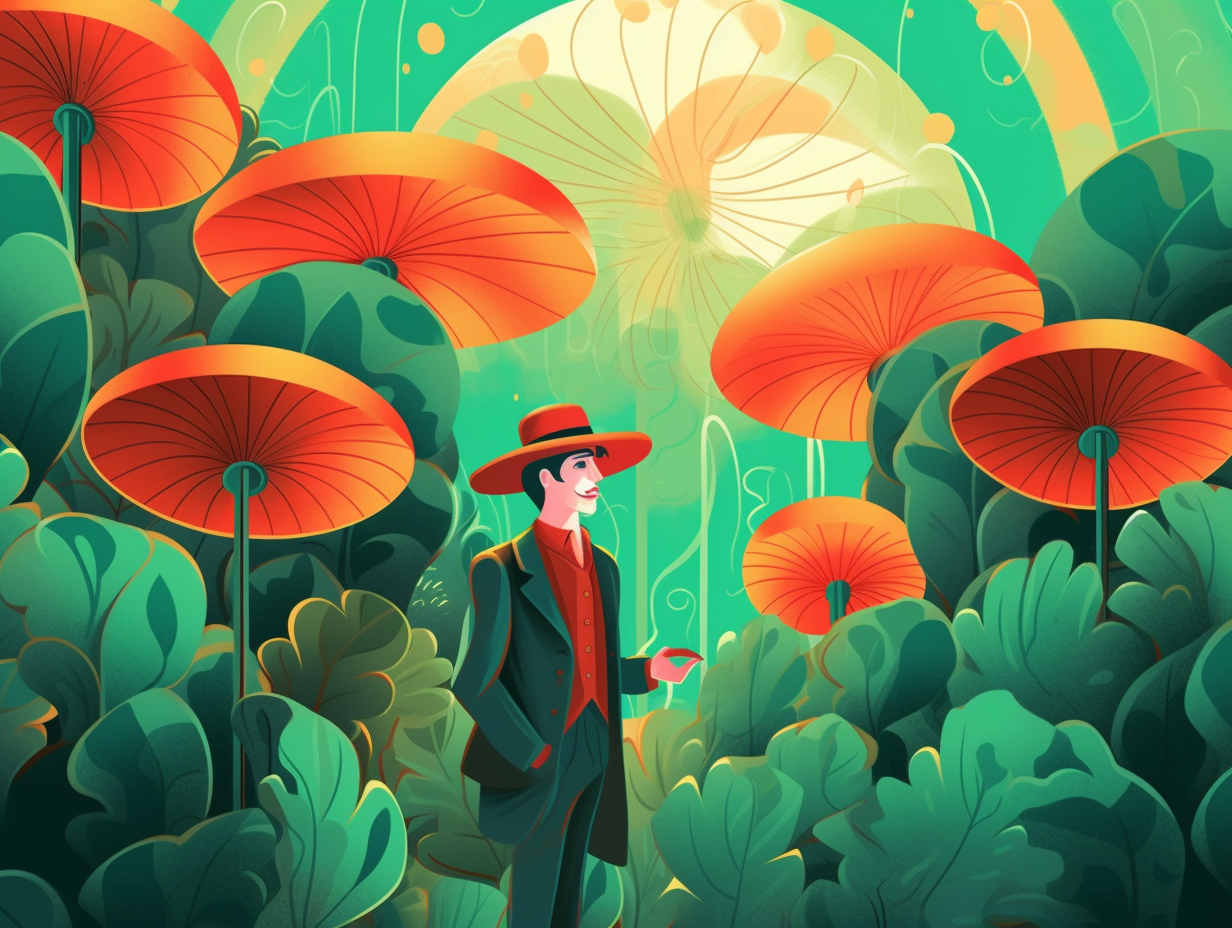
10. Magical Glass Slippers
Step aside, Cinderella – plants have their own magical glass slippers, too! When the clock strikes dim-light, chloroplasts in green leaves elegantly waltz to form a glass-like layer, ready to cha-cha their way to survival: Under low-light conditions, these cellular components form a quasi-2D layer, exhibiting glass-like dynamics, allowing them to swiftly transition to a fluid-like state when sunlight increases, creating an impeccable, light-adapting performance within our leafy friends.
Source => pnas.org
11. Green Family Reunion
You know that one suspiciously green cousin at every family reunion? Well, plants had one too, over a billion years ago: A recent study published in Geology revealed that chloroplasts, the green-hued photosynthesis machines, originated from a simple photosynthetic bacterium that merged with a eukaryotic organism around 1.25 billion years ago, setting the stage for today's plants and the oldest known direct ancestor of modern plants and animals, Bangiomorpha pubescens, who clocks in at a cool 1.047 billion years old.
Source => mcgill.ca
12. Diverse Chloroplast Party Guests
If chloroplasts had a party, you'd see guests of all shapes and sizes, from the elegant solo dancer to the rowdy crowd of centenarians: In organisms like Chlamydomonas reinhardtii, you'll find just one cup-shaped chloroplast, while others like Arabidopsis and wheat boast around 100 chloroplasts per leaf cell, with sizes varying from football to lens-shaped and a diameter of 4-6 microns in vascular plants.
Source => book.bionumbers.org
13. Cucumber Family Inheritance
In the game of cucumber family inheritance, it's a story of star-crossed organelles – destined to inherit one from each player in the dating pool of plants: Chloroplasts take after their mother's patterns, while mitochondria, their father's. No zucchini was harmed in the making of this scientific discovery, just whole-genome sequencing and molecular marker analyses of cucumber parental lines and their reciprocal F1 hybrids to confirm this fascinating quirk.
Source => nature.com
14. Chloroplasts: OG Life Hackers
Forget dial-up internet, chloroplasts were the OG life hackers: These microscopic party-crashers moved in with some primitive eukaryotic cells, found their groove, and stuck around to help power the whole operation! Seriously though: Chloroplasts are descended from oxygen-producing photosynthetic bacteria, and their unique thylakoid membrane allows them to capture sunlight, transforming it into life-sustaining energy through the carbon fixation cycle.
Source => ncbi.nlm.nih.gov
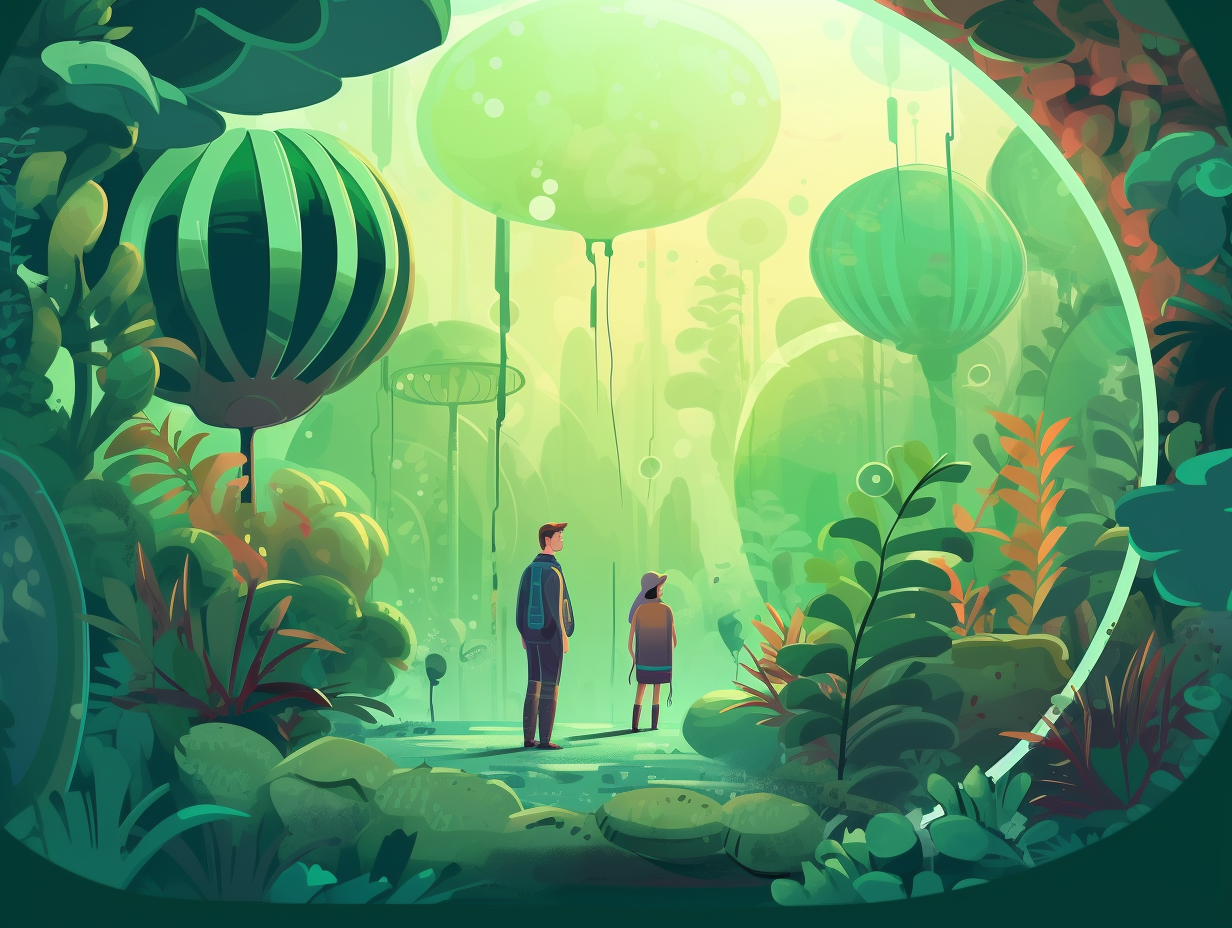
15. Chloroplasts' Party Streamers
Whoever said "chloroplasts are just a one-trick pony" clearly didn't get the memo about stromules: cellular party streamers with a penchant for semaphore. It turns out these verdant little beings have more than just photosynthesis up their sleeves: recent studies show that chloroplasts communicate via stromules, signaling information to other parts of a cell, and even have the smarts to adjust their stromule frequency in response to internal cues.
Source => pnas.org
Related Fun Facts


